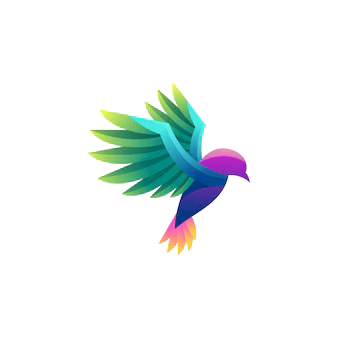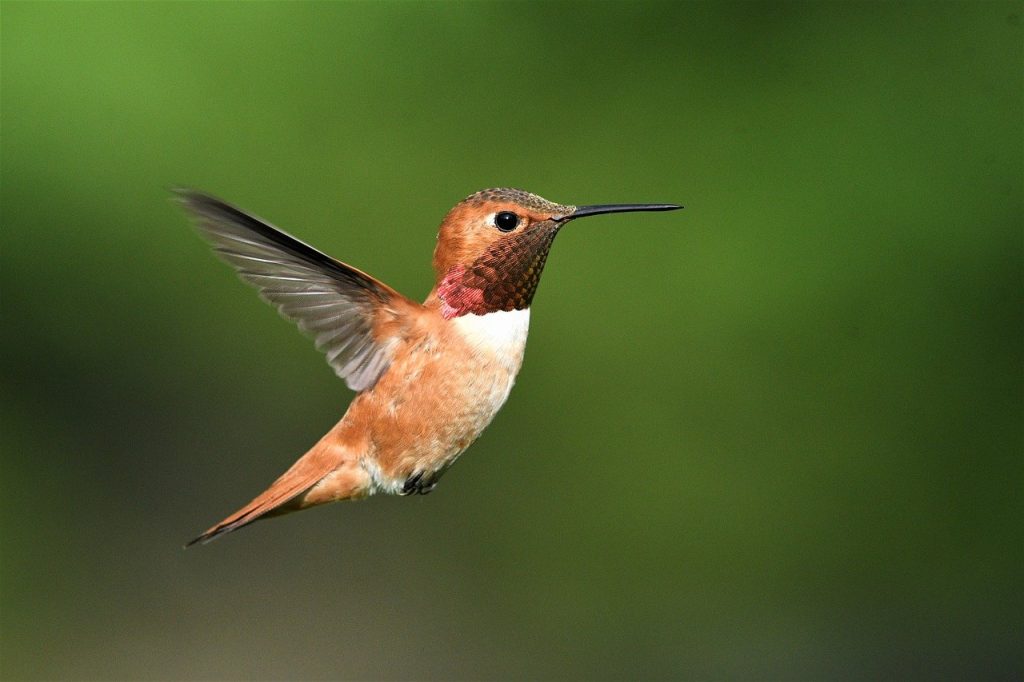Birdwatching: A Guide to Enjoying Nature’s Feathered Friends
Birdwatching, or birding, is a popular outdoor activity enjoyed by millions of people worldwide. It involves observing birds in their natural habitats, often with the aid of binoculars, cameras, and field guides. Birdwatching can be a relaxing and educational pastime, offering opportunities to connect with nature, learn about different bird species, and contribute to conservation efforts. In this comprehensive guide, we will explore the history of birdwatching, the essential tools and techniques for birding, tips for successful birdwatching, and the benefits of this rewarding hobby. The History of Birdwatching Birdwatching has a rich history that dates back centuries. In ancient times, birds were often admired for their beauty and symbolic meanings in various cultures. However, it wasn’t until the late 19th and early 20th centuries that birdwatching as a recreational activity began to gain popularity. The publication of field guides and the establishment of bird conservation organizations played a significant role in popularizing birdwatching. One of the earliest and most influential field guides was “Birds Through an Opera-Glass” by Florence Merriam Bailey, published in 1889. This book encouraged readers to observe birds without harming them, marking a shift from the practice of collecting bird specimens to observing them in the wild. In the early 20th century, organizations such as the National Audubon Society in the United States and the Royal Society for the Protection of Birds (RSPB) in the United Kingdom were founded to promote bird conservation and educate the public about the importance of protecting bird habitats. These organizations continue to play a vital role in the birdwatching community today. Essential Tools and Techniques for Birdwatching To get started with birdwatching, you don’t need much more than a keen interest in birds and a willingness to spend time outdoors. However, there are a few essential tools and techniques that can enhance your birdwatching experience. Binoculars A good pair of binoculars is perhaps the most important tool for birdwatching. Binoculars allow you to see birds up close without disturbing them. When choosing binoculars, consider the magnification and objective lens size. A common choice for birdwatching is 8×42 binoculars, which provide a good balance between magnification and brightness. Field Guide A field guide is a book or app that helps you identify bird species. Field guides typically include illustrations or photographs of birds, along with descriptions of their physical characteristics, behaviors, and habitats. There are many excellent field guides available, both in print and digital formats. Popular options include the “Sibley Guide to Birds” and the “Peterson Field Guide to Birds.” Notebook and Pen Keeping a notebook and pen handy allows you to record your observations and make notes about the birds you see. Some birdwatchers also use apps to log their sightings and contribute to citizen science projects. Bird Identification Apps There are several apps available that can help you identify birds and keep track of your sightings. Apps like Merlin Bird ID, eBird, and Audubon Bird Guide provide valuable resources for birdwatchers, including identification tools, bird calls, and information on birding hotspots. Birding Techniques To maximize your chances of spotting birds, it’s important to use effective birding techniques. Here are a few tips to help you get started: Tips for Successful Birdwatching Birdwatching can be a rewarding and enjoyable activity, but it requires some preparation and knowledge. Here are some tips to help you make the most of your birdwatching adventures: Choose the Right Location Selecting the right location is crucial for successful birdwatching. Different habitats attract different bird species, so consider visiting a variety of locations, such as forests, wetlands, grasslands, and coastal areas. National parks, wildlife refuges, and nature reserves are excellent places to start. Research local birding hotspots and ask fellow birdwatchers for recommendations. Dress Appropriately Wearing the right clothing can make your birdwatching experience more comfortable and enjoyable. Choose clothing that is appropriate for the weather and environment. Neutral colors such as green, brown, and gray help you blend in with your surroundings and avoid startling birds. Sturdy, comfortable footwear is essential, especially if you’ll be hiking or walking on uneven terrain. Be Respectful of Wildlife and Habitats As a birdwatcher, it’s important to respect wildlife and their habitats. Follow these guidelines to ensure you minimize your impact on the environment: Record Your Observations Keeping a record of your bird sightings is a great way to track your progress and contribute to bird conservation efforts. Note the date, time, location, weather conditions, and any notable behaviors or interactions you observe. You can also take photographs or make sketches of the birds you see. Many birdwatchers use apps like eBird to log their sightings and share data with the global birding community. Learn About Bird Behavior Understanding bird behavior can enhance your birdwatching experience and help you identify species more accurately. Pay attention to how birds move, feed, and interact with their environment. Learning about migration patterns, nesting habits, and seasonal changes can also provide valuable insights into bird behavior. The Benefits of Birdwatching Birdwatching offers numerous benefits, both for individuals and for the environment. Here are some of the key advantages of taking up this rewarding hobby: Physical and Mental Health Birdwatching encourages you to spend time outdoors, which can have positive effects on your physical and mental health. Walking, hiking, and exploring natural areas provide physical exercise, while the peaceful and meditative aspects of birdwatching can reduce stress and improve mental well-being. Education and Lifelong Learning Birdwatching is a continuous learning experience. As you observe different species and behaviors, you’ll gain knowledge about birds and their ecosystems. Birdwatching also encourages curiosity and critical thinking, as you identify and interpret various bird-related phenomena. Conservation Awareness Birdwatching fosters a deeper appreciation for nature and wildlife, leading to increased awareness of conservation issues. Birdwatchers often become advocates for protecting bird habitats and supporting conservation efforts. By participating in citizen science projects and contributing data to organizations like eBird, birdwatchers play a crucial role in monitoring bird populations and informing conservation strategies. Social Connections Birdwatching can be

